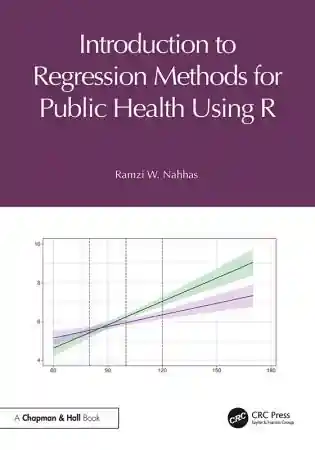
3D Printing of Pharmaceuticals
- Length: 240 pages
- Edition: 1st ed. 2018
- Language: English
- Publisher: Springer
- Publication Date: 2018-09-07
- ISBN-10: 3319907549
- ISBN-13: 9783319907543
- Sales Rank: #2084360 (See Top 100 Books)
3D printing is forecast to revolutionise the pharmaceutical sector, changing the face of medicine development, manufacture and use. Potential applications range from pre-clinical drug development and dosage form design through to the fabrication of functionalised implants and regenerative medicine. Within clinical pharmacy practice, printing technologies may finally lead to the concept of personalised medicines becoming a reality. This volume aims to be the definitive resource for anyone thinking of developing or using 3D printing technologies in the pharmaceutical sector, with a strong focus on the translation of printing technologies to a clinical setting. This text brings together leading experts to provide extensive information on an array of 3D printing techniques, reviewing the current printing technologies in the pharmaceutical manufacturing supply chain, in particular, highlighting the state-of-the-art applications in medicine and discussing modern medicine manufacture from a regulatory perspective. This book is a highly valuable resource for a range of demographics, including academic researchers and the pharmaceutical industry, providing a comprehensive inventory detailing the current and future applications of 3D printing in pharmaceuticals.
Professor Abdul Basit is a Professor of Pharmaceutics at the UCL School of Pharmacy, University College London. Abdul’s research sits at the interface between pharmaceutical science and gastroenterology, forging links between basic science and clinical outcomes. His research has been translated into the design of new technologies and improved disease treatments, many of which have been commercialised. Abdul is also a serial entrepreneur and has filed multiple patents, is the recepient of several research awards and has founded 3 companies (Kuecept, Intract Pharma, FabRx). He further serves as a consultant to many pharmaceutical organisations and is on the advisory boards of scientific journals, healthcare and charitable bodies.
Professor Simon Gaisford holds a Chair in Pharmaceutics and is Head of the Department of Pharmaceutics at the UCL School of Pharmacy, University College London. He has published 110 papers, 8 book chapters, 4 authored books and is the recipient of multiple research awards. His research is focused on novel technologies for manufacturing medicines, particularly using ink-jet printing and 3D printing, translating his expertise by co-founding FabRx. Simon is also an expert in the physicochemical characterisation of compounds and formulations with thermal methods and calorimetry.
Table of Contents
Chapter 1: The Shape of Things to Come: Emerging Applications of 3D Printing in Healthcare
Chapter 2: 3D Printing Technologies, Implementation and Regulation: An Overview
Chapter 3: Binder Jet Printing in Pharmaceutical Manufacturing
Chapter 4: The History, Developments and Opportunities of Stereolithography
Chapter 5: Powder Bed Fusion: The Working Process, Current Applications and Opportunities
Chapter 6: Fused Deposition Modelling: Advances in Engineering and Medicine
Chapter 7: The Role of Semi-Solid Extrusion Printing in Clinical Practice
Chapter 8: A New Dimension: 4D Printing Opportunities in Pharmaceutics
Chapter 9: Medical Applications of 3D Printing
Chapter 10: 3D Printing Techniques in the Pharmaceutical Sciences – Intellectual Property Issues
Chapter 11: Regulatory Perspectives on 3D Printing in Pharmaceuticals







